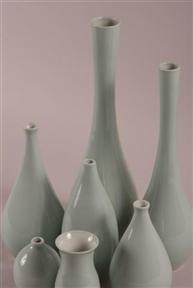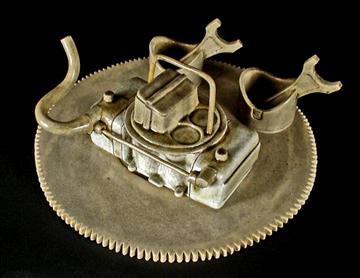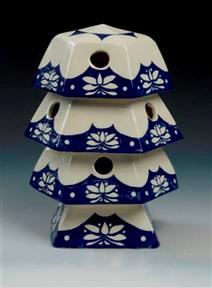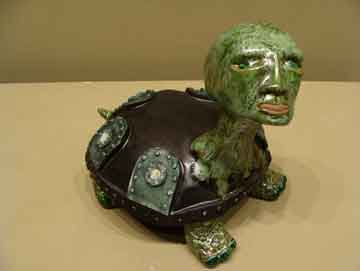
This delicate category is one of the most exciting and challenging of the Scholastic Art & Writing Awards. One of our 2010 Portfolio Gold Medalists even submitted a portfolio made entirely of ceramics.
When an artist throws their clay on the potter’s wheel, you never know exactly what’s going to come out. But as a general rule, entries into our Ceramics category are some type of vessel made from clay or glass. By “vessel,” we don’t mean something like a ceramic Viking ship (but if you’ve created one of those, you can submit it to our Sculpture category!) When we say “vessel,” we mean objects like bowls, plates, cups, vases, teapots…you can be a little abstract, but follow this general idea.


Unfired ceramics or oil-based clay works should not be submitted as Ceramics pieces. Other objects that shouldn’t be submitted are abstract forms, figures, animals or busts…even if they’re made with Ceramic or glass material. These should be submitted to the Sculpture category. For example, this month’s featured winner Abigail Carney won an American Visions Award in 2010. Her low-fire earthenware piece, Turtle, is considered a Sculpture because it’s a representation of an animal, rather than a vessel.

Interested in learning more about Ceramics? Ceramic Arts Daily offers a free newsletter and demonstration videos from potters and ceramicists around the world. Artists Online offers a comprehensive list of Ceramics Art resources and museums, but if community is what you’re looking for, you can always make a stop at Clay Station.
